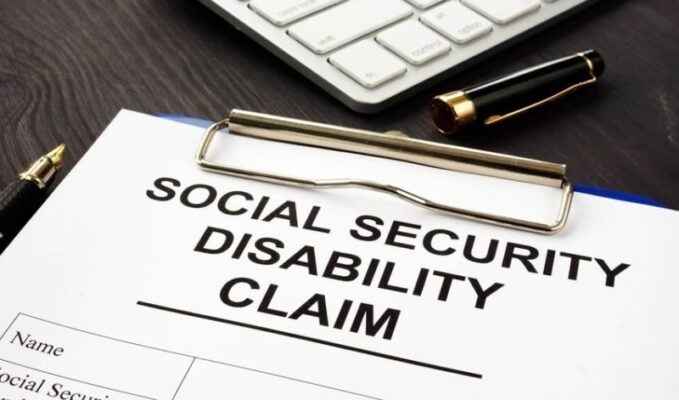
How Long Does It Take to Process a Social Security Disability Application?
Last updated on June 23rd, 2022 at 04:30 am
Quoting directly from a Social Security Administration factsheet for people who apply for disability benefits, “Generally, it takes about 3 to 5 months to get a decision. However, the exact time depends on how long it takes to get your medical records and any other evidence needed to make a decision.”
As Social Security lawyers in Columbus, Ohio, we know that this answer is as correct as it is unhelpful. No guidance is provided on what “medical records and any other evidence” is required. No information on how to gather and submit the information is provided, and no acknowledgment is made that a large percentage of first-time applicants for Social Security Disability Insurance (SSDI) and Supplemental Security Income (SSI) benefits have their applications denied. Understanding when and how to appeal a rejection is as important as understanding how to apply in the first place.
Here are four tips for ensuring your SSDI and SSI application is reviewed in a timely manner.
Understand When You Can Apply
SSDI and SSI benefits are only available to people who
- Paid into the Social Security system or are dependent children of people who paid into Social Security;
- Suffer from a physical or mental condition that has either kept them out of work for at least 12 consecutive months, will prove fatal in the near future, or will prevent them from ever taking a job; and
- For SSI, have very little income and other means of financial support.
State and local government employees, public education personnel, and other people who spent their entire working lives participating in retirement plans other than Social Security should not apply for SSDI or SSI. Doing so will result in an automatic denial while also delaying the processing of an application for disability benefits from the appropriate program.
Similarly, people who can return to work in less than a year should rely on a short-term disability program like workers’ compensation or private insurance.
Apply Online
The Social Security Administration strongly encourages people to submit their SSDI and SSI applications online. So do we.
Accessing the electronic application forms enables disabled individuals and their caregivers to follow step-by-step instructions, look up definitions of key terms, and save and return to their application when they get tired or need to hunt down additional information.
Applicants also have the right to partner with an experienced and knowledgeable Social Security while preparing their applications. Exercising this right further reduces frustration and confusion while also letting the applicant avoid common mistakes.
Do Not Submit an Incomplete Application
The Social Security Administration will accept an application it considers incomplete. Such an incomplete application will then sit unreviewed until all the required information arrives. The only way to eliminate the period when nothing happens is to submit a fully completed application right off the bat.
Types of medical evidence required include, but are not limited to,
- An official diagnosis from qualified health care providers,
- A complete medical history,
- A treatment history specific to the disabling condition,
- A prognosis for recovery or progression from a qualified health care provider, and
- A functional assessment (that is, how disabling the applicant’s condition is) prepared by an expert recognized by the Social Security Administration.
Submitting a narrative account of the applicant’s symptoms and how those symptoms limit the person’s ability to find and hold a job will also help.
When a person applies for SSI, they need to submit their most recent pay stub, tax information, and schedules of all the valuable property they own (house, vehicles, real estate, etc.) and financial assets they hold (savings, retirement accounts, etc.).
Sending in more documentation than you think will be absolutely necessary is usually a good idea.
Do Not Take No for an Answer
The 3- to 5-month decision timeline cited by the Social Security Administration applies to the initial decision on an SSDI or SSI application. Applicants can apply a rejection directly to Social Security multiple times and take the program to court if none of the official appeals yield a positive decision. Depending on the number of appeals, it can take a couple of years to resolve an SSDI or SSI case.
Read Dive is a leading technology blog focusing on different domains like Blockchain, AI, Chatbot, Fintech, Health Tech, Software Development and Testing. For guest blogging, please feel free to contact at readdive@gmail.com.
